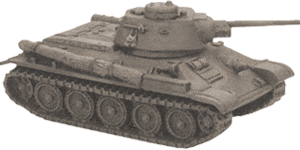Though it is popular to think of the 1939-1941 "Blitzkrieg" era Wehrmacht as a near unstoppable war machine, reality is far different. Material shortages similar to those afflicting the German army in the years 1944-1945 were all too apparent during the Third Reich's early war march across Europe and the Mediterranean littoral.
Blog
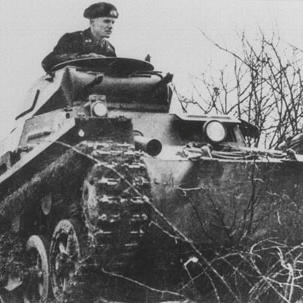
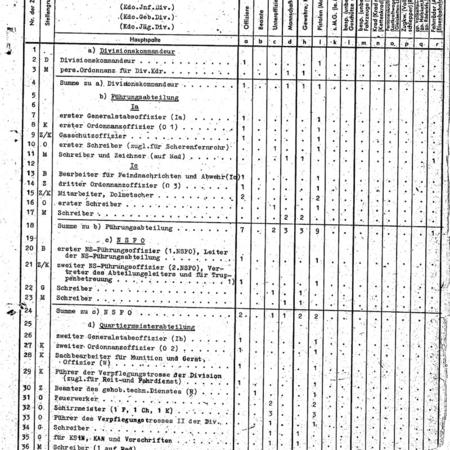
For over a decade now, I have sought, via my professionally published work and at this website, to drill down into exactly how and why the Second World War in Europe ended as it did. To that end, the major component of my research has focused on the war fought between Nazi Germany and the Soviet Union.
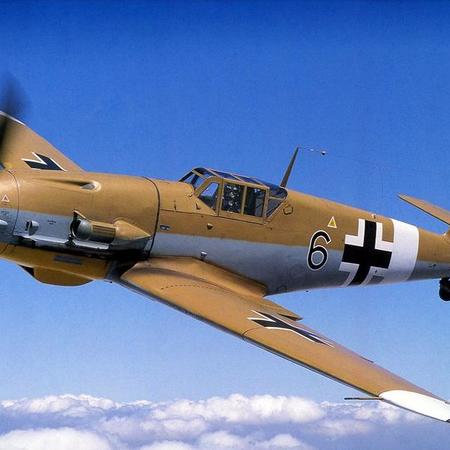
When it comes to World War II, at times it's hard to get past the numbers. After all, they are huge. In the course of civilization there has never been a more destructive war. However, it's imperative in analyzing the reasons why the war ended as it did that we also take account how much qualitative factors proved the trump card in determining victory or defeat.
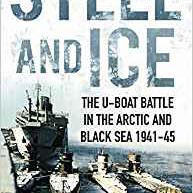
The Michigan War Studies Review (MiWSR) has just published my latest book review. It is of Lawrence Paterson's Steel and Ice: The U-Boat Battle in the Arctic and Black Sea, 1941-1945. I thoroughly enjoyed this book. If you have any interest in undersea warfare or the war fought between Nazi Germany and the Soviet Union then you will like it as well.
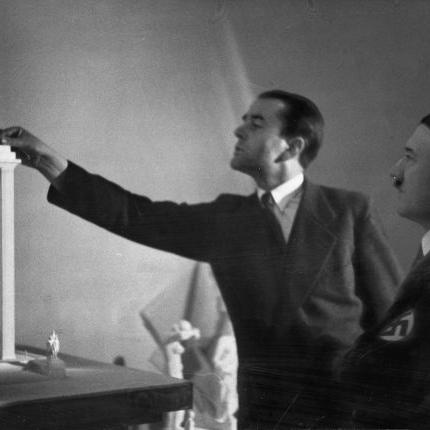
The Second World War ended seventy-two years ago. Yet, today it is still easy to find historians arguing that the reason Germany lost the war boiled down to a numbers game. Perhaps the leading advocate of the brute force thesis behind Germany's predetermined defeat is David Stahel.
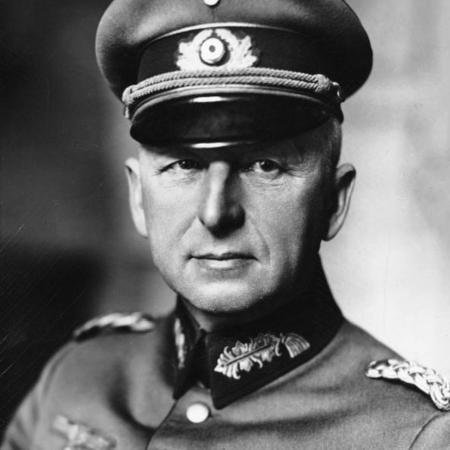
In recent weeks I have been providing my readers a modest tutorial on the operational art, with an eye toward determining what makes an effective operational level military leader. Let's finish with a final look at those factors that go into determining what makes a particular commander a good one.
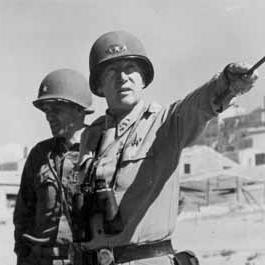
Last week I discussed the operational level of war. To summarize, the operational level links strategic objectives to the tactical deployment of military assets. The operational level of war is often referred to as an art, and for good reason. Nevertheless, before we can discuss what makes planning and leading military operations on a large scale an art form we must first start with the set of rules that gives commanders from the same army a common basis of action: that being doctrine.
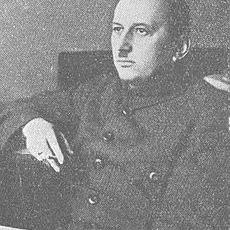
War fighting has long been dominated by concepts of strategy and tactics. However, in the period between the World Wars a newer concept in military thought fully matured as it's own level of war: the operational art.
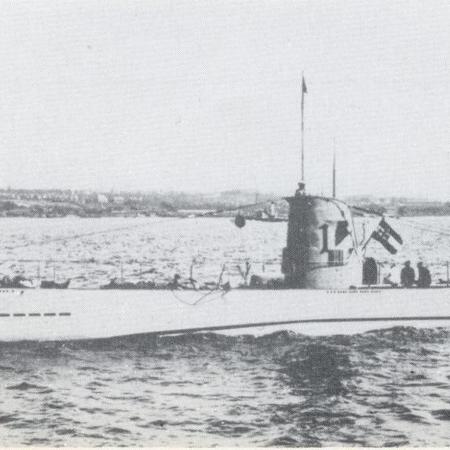
Last week I examined the U-boat war in the Arctic. This week I'd like to turn your attention roughly 2,000 miles to the south.
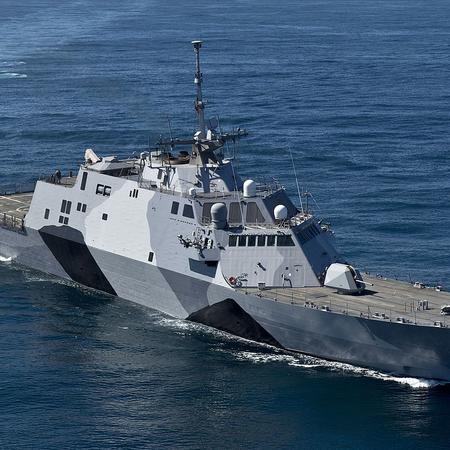
Sorry for the break. It has been a busy summer, but you can now expect a return to regular blogging and articles. To get back into the swing of things I just wanted to highlight for you once more why I fear the US military's position as the planet's dominant military power is slipping to something less (a topic I discussed in my last post before my summer vacation). The labor day celebration of this nation's industrial strength is upon us, so in beginning to answer this question let's focus on

